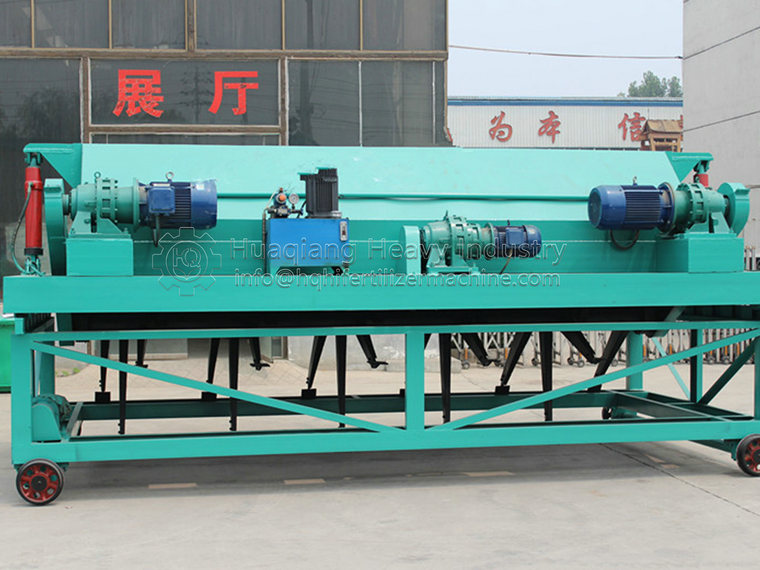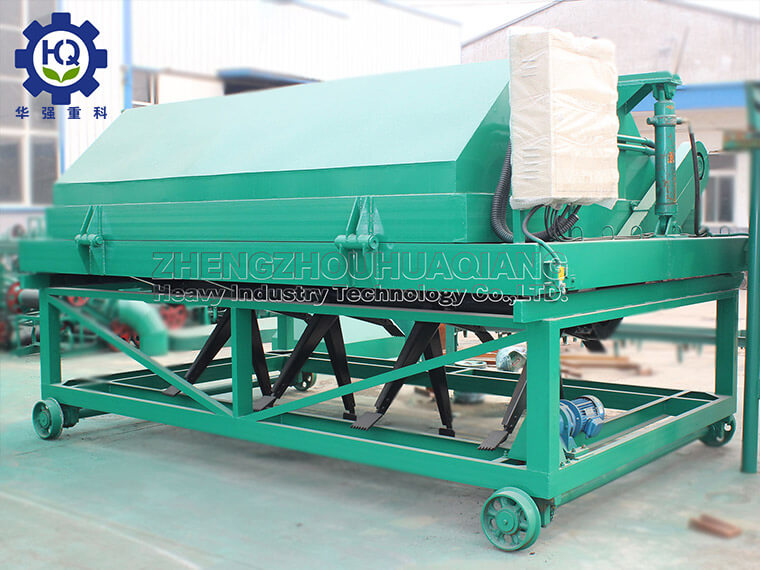It is necessary to combine with marketing and design art to obtain the position of market competitiveness through the equipment design of organic fertilizer production line. As an organic fertilizer production equipment enterprise, we need to work in a differentiated way according to our own product characteristics and consumer demand.

1. Organic fertilizer equipment enterprises must analyze the characteristics of similar products of main competitors in the market, improve their own strategic adjustment according to the equipment of main competitors, and provide special granulating equipment for different materials.
2. Investigate consumer demand for organic fertilizer equipment and produce organic fertilizer granulator that meet mainstream customers.
3. Train R&D technicians who perfect the organic fertilizer production line. Only continuous innovation can be invincible.
Granulating equipment is mainly granulated, granulated, extruded, spray dried and granulated. At the same time, the granulator needs a certain amount of water when it is running.
Do you know the reason why fertilizer granulator processing equipment needs water?
In the production process of fertilizer granulator, the material is required to have viscosity. When some raw materials are loose after fermentation and are not easy to granulate, it is necessary to add some water or adhesive to increase the viscosity of the material.
The disc granulator and rotary drum granulator of organic fertilizer equipment adopt the granulation method. In the process of granulation, water or binder will be added to ensure the smooth granulation of materials. If the water content of the material is too high, you can add some dry materials to neutralize the water content. If the water content is too low, appropriate amount of water can be added to facilitate granulation.
Organic fertilizer processing equipment granulator equipment to add water is to promote the organic fertilizer can be better granulation, water solubility of materials, cohesiveness and the reasonable application of granulation equipment operation will also affect the uniformity of shaped particles, organic fertilizer granulator want to granulation uniform, need certain water and equipment operation skills.

.jpg)

.jpg)

.jpg)


